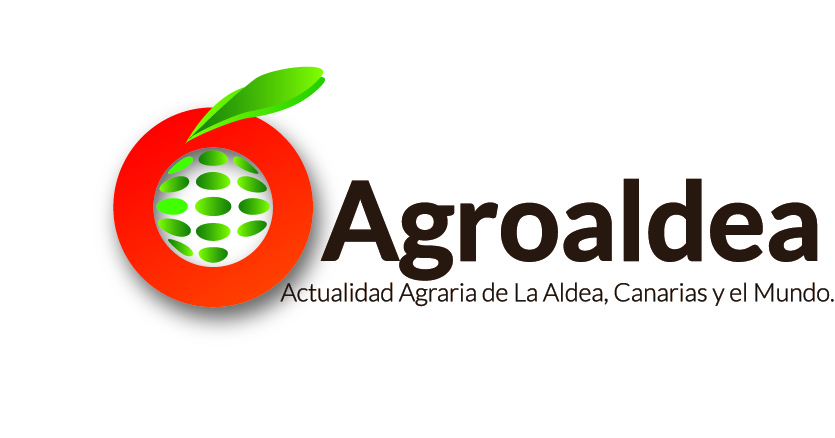Ascorbic acid contents, riboflavin and vitamin B6 are superior.
A study has confirmed that the leaves of the sweet potato plant, the sweet aroma and flavor tuber, in its roasted or boiled version, contains significant levels of vitamin B6 and other water-soluble vitamins.
The authors of the study point out that the content of vitamin B6 in the leaves of sweet potatoes is comparable to that of fruits and vegetables such as broccoli, avocados, carrots, bananas and cauliflower.
Sweet potatoes are known to be a good source of ascorbic acid (Vitamin C) and certain B vitamins that are considered essential for human health.
Researchers at the Louisiana State University Agriculture Center, in United States, have published a study in the journal 'HortScience' showing that young and mature sweet potato leaves can provide significant amounts of vitamin B6 and other essential vitamins.
"The objective of the study was to determine the content of ascorbic acid, thiamine, riboflavin and vitamin B6 in a wide variety of edible tissues of the varieties 'Beauregard' and 'LA 07-146' of sweet potatoes, two major Louisiana growers ", Wilmer Barrera and David Picha explain, the study authors.
Scientists analyzed a variety of tissues of the sweet potato plant as mature leaves, young leaves, petioles, sprouts, stems and roots from an American college plantation in late October and again the following September.
These analyzes revealed differences in ascorbic acid (AA) total between different types of fabric. Young leaves contained the highest levels of AA, followed by ripe leaves and buds. Sprouts also contained significantly higher content than sweet potato roots., stems and petioles.
Studies also showed that riboflavin content differs in sweet potato tissues., but that was superior in the leaves; mature leaves contained higher amounts of vitamin B6 compared to other tissues.
“The mature leaves also contained 3,4 times more vitamin B6 than roots while mature petioles contained 2,3 times more than the roots ", the authors point out.
“The tissue of the shoots and young leaves also contained higher levels of B6 than the roots., while the tissue of the stems and young petioles were lower than those of the roots ".
Scientists conclude that ascorbic acid contents, riboflavin and vitamin B6 were higher in leaf tissues than in other types of tissue. "Our results indicate that the mature and young leaves of the sweet potato could provide significant amounts of vitamin B6 to the human diet".

